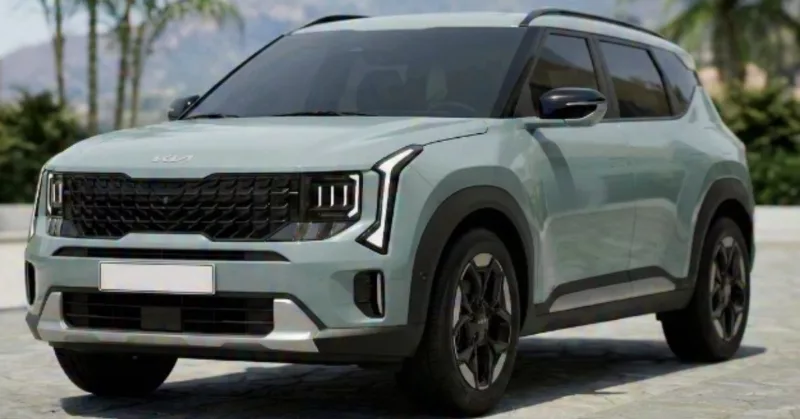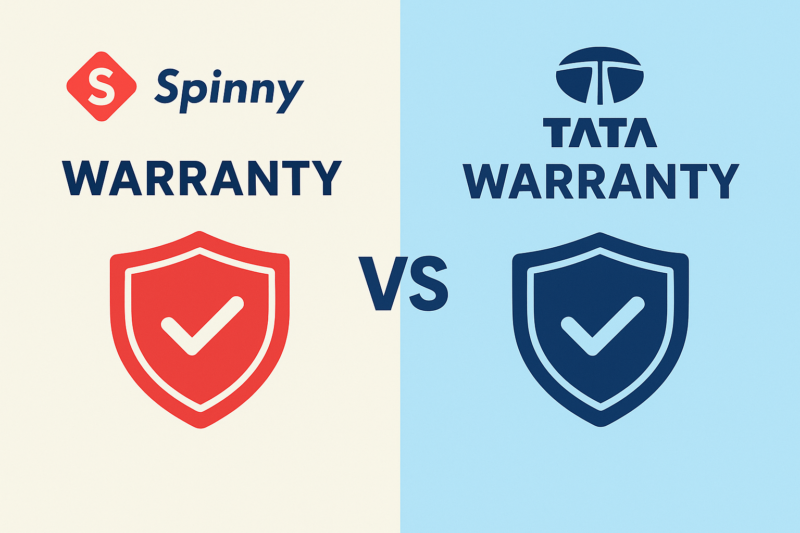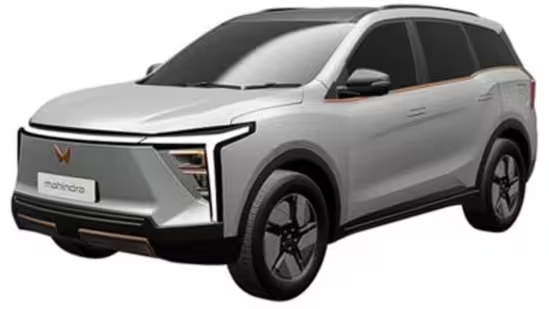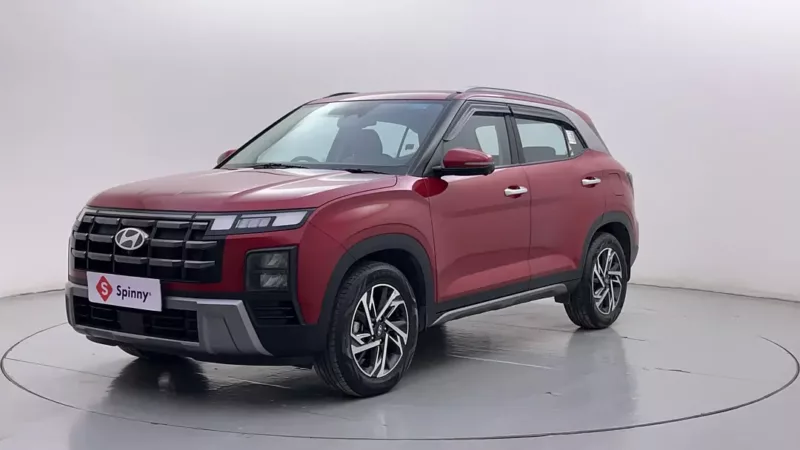The automatic transmission has come to dominate the automotive markets in Europe and the USA, where manual gearboxes are offered as optional extras on some models. However, the inverse is true in India, where affordability is king. So, why are manual cars still popular in India? There are many factors that have contributed to the near dominance and preference for manual gearboxes, even as automatic cars become more accessible for the masses. We look into these factors to answer why cars with manual transmissions are popular in India as well as the future of this humble transmission in the face of rising automatic adoption and electric mobility.
Cost
India is known to be a price sensitive market and the complex automatic transmissions are expensive to develop and equip on mass market cars. On average, entry level AMT (Automated Manual Transmission) variants cost Rs. 80,000 more than a manual transmission, this in turn also drives up the insurance cost making the vehicle more expensive. Comparing the manual and automatic transmission variants of the popular entry-level hatchbacks highlights the higher cost of acquiring an automatic car. Take a look at the price comparison of leading car brands and their models below, the automatic XTA AMT variant of the Tata Tiago, for example, costs more than a lakh compared to its manual sibling the XE.

While automatic transmissions make driving more convenient, they are also more complex in their construction. This increases the overall maintenance cost of the car and requires increased maintenance by the owner to ensure smooth operation in the later years of the car’s life. This factor also contributes to the price conscious Indian buyer preferring the manual variant.
On the other hand, more refined automatics like AT, CVT and DCT cost even more than their manual counterparts. Comparing the automatic and manual models of the Hyundai Creta SX variant, the price premium for buying an automatic is quite evident. The most complex and refined automatic transmission here is the DCT, which costs ₹2.70 lakh more than the manual. In the case of the Creta SX, the only feature differential is the transmission. There are even more savings if you consider a lower manual variant as Hyundai only offers its premium automatic on the top spec Creta models.
Although the introduction of Automated Manual Transmissions or AMTs has made them more accessible for customers, the higher premium also comes at the cost of features that a buyer may place more importance over. For the budget conscious, a manual car becomes a more sensible choice for the buyer as they balance the cost of buying the car against the convenience of the gearbox.
Reliability
Another reason why manual transmission has a footing in India is its reliability. Manual transmission has constantly evolved and has been here for a greater duration than the automatic transmission, so it is natural for people to lean towards it. Another factor in favour of manual transmission’s reliability are recent cases of automatic DCT transmissions on well known brands going awry. Some of the major concerns listed were:
- Transmission Overheating: This mainly happens in high traffic areas where the driver puts their foot on the brake while the transmission is in Drive mode. A manual transmission on the other hand doesn’t encounter such issues in traffic. Also, an overheated transmission can spell doom for the transmission system.
- Jerky Ride In Traffic: DCT users have often complained that DCT transmission gets jerky when in traffic. This happens due to DCT being at odds finding the correct gear.
- Expensive Repairs: Due to its complex nature repairs of DCT transmission are very expensive and time consuming. Some estimates for replacing these gearboxes go above ₹1 lakh.
The longevity of any transmission depends on the owner and how the vehicle is being used. If you like to rev up and use your humble manual gearbox commuter like a sports car on busy traffic roads you are likely to tear the clutch and the transmission apart. The same goes for automatic cars as well, where hard driving will wear the transmission out and cause costly repairs. Having your vehicle undergo timely maintenance and fluid checks will make sure that your car lasts as long as possible.
Geared for Enthusiast
As mentioned above, a manual transmission puts man and machine into sync with each other and that is why car enthusiasts prefer manual transmission over auto transmissions. The legendary sports car Porsche 911 is now back with its 7-speed manual transmission which is how purists prefer it to be. Even F1 race cars are semi automatic, meaning that drivers have to upshift or downshift gears via paddle shifters located behind the steering wheel. Off-roading 4×4 SUVs have started to come with automatics but the overwhelming majority of off-road enthusiasts still prefer a manual for the greater control it offers as well as better reliability and compatibility with 4×4 systems. For those looking for a pure driving experience, a manual transmission is the preferred choice, even at higher price points.
Shift in Interest
While manual gearboxes are the economical choice, it would not be fair to ignore the shift in buyer preference over the years. With many existing owners of manual cars, the shift to automatics is becoming more affordable and intuitive as owners shift to the more convenient gearbox. Skills learnt driving a manual easily transfer over to an automatic car, further reducing the barrier to entry. The increase in traffic on most commutes is also pushing many to opt for an automatic over a manual.
This is supported by the industry placing more emphasis on automatic cars over the years. Automatic transmissions were introduced in India in 2008, but due to a vast price difference, these did not have the impact they were supposed to make. However, that changed when Maruti Suzuki brought the AMT in the Celerio in 2014, which changed the perception of the market towards automatic transmissions. Since then the market share for automatic transmissions has been constantly rising. According to Economic Times, sales of automatics has increased from a meagre 1.4% in 2011 to 17.3% in 2019. This jump is credited mainly to increasing traffic and tiring driving conditions mainly in urban areas, whereas in rural India manual transmissions are still the first choice. Take a look at how automatic transmission has risen through the years.

In the used car space however, the sale of automatic cars has seen immense growth. The considerable price gap between the two types of transmissions seen in new cars significantly narrows in the used car market. Here, the age and condition of the car reduces the margin of used automatic cars and brings them at par with their manual counterparts. According to a survey by Auto Punditz, the purchase of used automatic cars has gone up from 17% in 2016 to a staggering 37% in 2020. The demand for used automatics is higher in metros like Bengaluru, Chennai, Delhi, Hyderabad, Mumbai and Pune highlighting that price consideration is a significant factor contributing to the preference for manual cars.
Conclusion
Globally, automatic transmissions control a higher share of the market than manual gearboxes. The USA and Canada are the biggest markets for automatics, while markets in Europe have an even preference for both types of transmissions. Manual transmission cars have retained their popularity in India even with automatics becoming more accessible and expected to see phenomenal growth by as much as 45-50%, including gearless Electric Vehicles. The higher proportion of manual cars in the entry-level segment will ensure manual cars control market share in India in the coming years and remain the popular transmission in our price sensitive market.
FAQs
Why are automatic transmissions more popular in the US and Canada?
Automatic transmissions offer effortless driving compared to manual transmission. People in the US and Canada prefer driving long distances, which is why automatic transmission comes in handy, hence its popularity.
Why are automatic transmissions costlier than manual transmissions?
Automatic transmissions are more complex in their build and rely on a network of sensors and other sophisticated engineering to give you the right gear change at the right time, hence the cost.
When will the majority of cars in India have automatic transmission?
Very soon. However, that still depends on the value proposition automatic cars bring, and if there is a chance that a manual transmission will be budget friendly buyers will tilt that way.
Why are automatic cars on the rise in Indian cities?
Traffic in cities today is denser than it used to be and traffic lights are often marred with slow moving traffic that can make driving manual cars a bit cumbersome. It is the combination of comfort and convenience that makes automatics a better choice for the city dweller.
Which are the most popular automatic cars in India?
These are some of the most popular automatics in India. Maruti Suzuki Alto Maruti Suzuki WagonR Hyundai Santro Hyundai i10 NIOS Maruti Suzuki Baleno Tata Tigor Tata Altroz



